The ROI of Smart Lighting Switches: How Businesses Can Save Money
In today’s competitive business environment, companies are constantly looking for ways to reduce operational costs while improving efficiency. One often-overlooked area with significant cost-saving potential is lighting. Traditional lighting systems are inefficient, consuming unnecessary energy and increasing electricity bills. Smart lighting switches, however, offer an intelligent solution that not only reduces energy consumption but also enhances convenience and productivity.
This blog explores the return on investment (ROI) of smart lighting switches for businesses, detailing how they work, their financial benefits, and real-world examples of cost savings.
What Are Smart Lighting Switches?
Smart lighting switches are advanced control systems that allow businesses to automate, schedule, and remotely manage lighting. Unlike traditional switches, smart switches connect to Wi-Fi, Bluetooth, or other IoT (Internet of Things) platforms, enabling features such as:
-
Motion sensing – Lights turn on/off based on occupancy.
-
Daylight harvesting – Adjusts brightness based on natural light availability.
-
Scheduling – Automatically turns lights off after business hours.
-
Remote control – Manage lighting via smartphone or voice assistants.
-
Energy monitoring – Tracks electricity usage in real time.
These features help businesses optimize energy consumption while maintaining optimal lighting conditions.
How Smart Lighting Switches Improve ROI
1. Significant Reduction in Energy Costs
Lighting accounts for about 20-30% of a commercial building’s energy consumption. Smart lighting switches can reduce this by 30-60% through automation and efficient control.
-
Eliminating wasted energy: Lights turn off automatically when rooms are unoccupied.
-
Dimming capabilities: Adjusting brightness based on need reduces power usage.
-
Peak load management: Avoiding unnecessary lighting during high-demand periods lowers electricity costs.
Example: A mid-sized office building installing smart switches could save 5,000 annually in energy costs, depending on usage patterns.
2. Lower Maintenance Costs
Traditional lighting systems require frequent bulb replacements due to overuse. Smart switches extend bulb lifespan by:
-
Reducing burn-out from excessive usage.
-
Using LED-compatible controls, which last longer than incandescent bulbs.
This leads to fewer replacements and lower maintenance expenses.
3. Increased Productivity and Employee Satisfaction
Proper lighting improves workplace productivity. Smart lighting systems can:
-
Adjust color temperature to reduce eye strain.
-
Ensure consistent lighting levels, reducing fatigue.
-
Enhance security with automated lighting in parking lots and hallways.
Happy employees mean better retention and efficiency, indirectly boosting ROI.
4. Government Incentives and Rebates
Many governments and utility companies offer rebates and tax incentives for businesses adopting energy-efficient lighting solutions. These can significantly offset the initial investment.
Example: The U.S. Commercial Building Tax Deduction (Section 179D) provides deductions for energy-efficient upgrades, including smart lighting.
5. Data-Driven Decision Making
Smart lighting systems provide real-time energy usage data, helping businesses:
-
Identify high-consumption areas.
-
Optimize lighting schedules.
-
Make informed decisions about further energy-saving measures.
Calculating the ROI of Smart Lighting Switches
To determine whether smart lighting is a worthwhile investment, businesses should consider:
1. Initial Costs
-
Hardware: Smart switches typically cost 100 per unit.
-
Installation: Professional installation may add 150 per switch, depending on complexity.
-
Integration: Some systems require a central hub or cloud subscription.
2. Ongoing Savings
-
Energy savings: 30–60% reduction in lighting costs.
-
Maintenance savings: Fewer bulb replacements and lower labor costs.
-
Incentives: Tax breaks and utility rebates.
3. Payback Period
Most businesses see a full ROI within 1–3 years after installation. After that, the savings contribute directly to the bottom line.
Example Calculation:
-
Initial Investment: 100 each).
-
Annual Savings: $2,000 (40% energy reduction + maintenance savings).
-
Payback Period: 2.5 years (2,000).
Real-World Success Stories
1. Retail Stores
A retail chain installed motion-activated smart lighting in storage rooms and restrooms, reducing energy costs by 45% and achieving ROI in 18 months.
2. Office Buildings
A corporate office implemented automated dimming and scheduling, cutting lighting expenses by $12,000 annually with a 2-year payback period.
3. Warehouses
A logistics company used smart LED lighting with occupancy sensors, saving $8,000 per year and improving safety with motion-triggered aisle lighting.
Conclusion: Smart Lighting is a Smart Investment
Smart lighting switches are not just a futuristic luxury—they are a cost-effective, energy-efficient solution with a quick ROI. Businesses that adopt this technology benefit from:
✔ Lower energy bills (30–60% savings).
✔ Reduced maintenance costs.
✔ Improved workplace productivity.
✔ Access to tax incentives.
✔ Long-term sustainability benefits.
With a typical payback period of 1–3 years, smart lighting is a low-risk, high-reward investment for businesses of all sizes.
Is your business still using outdated lighting systems? The switch to smart lighting could be one of the easiest ways to cut costs and boost efficiency in 2025.
Interested in learning more? Contact Leeshion an energy efficiency consultant today to evaluate your lighting needs!
No comments






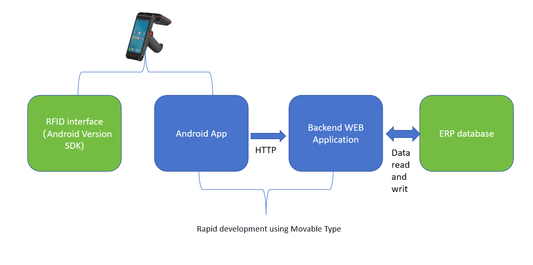
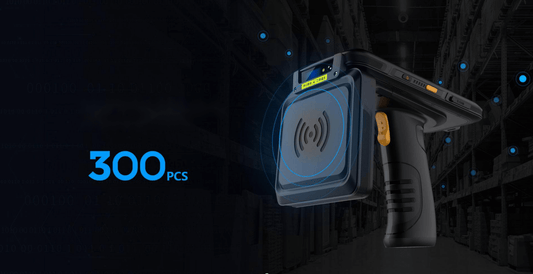

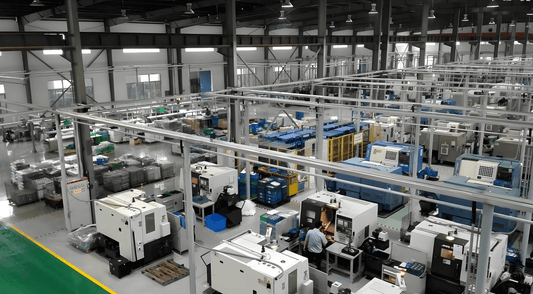
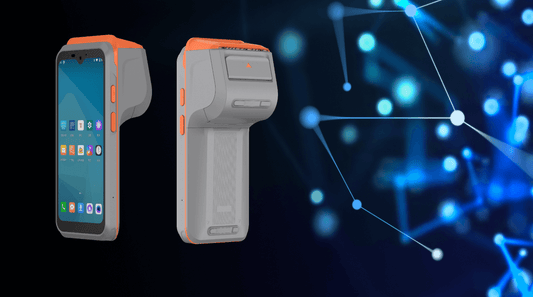
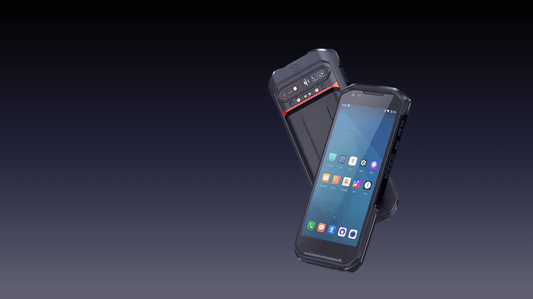
0 comments